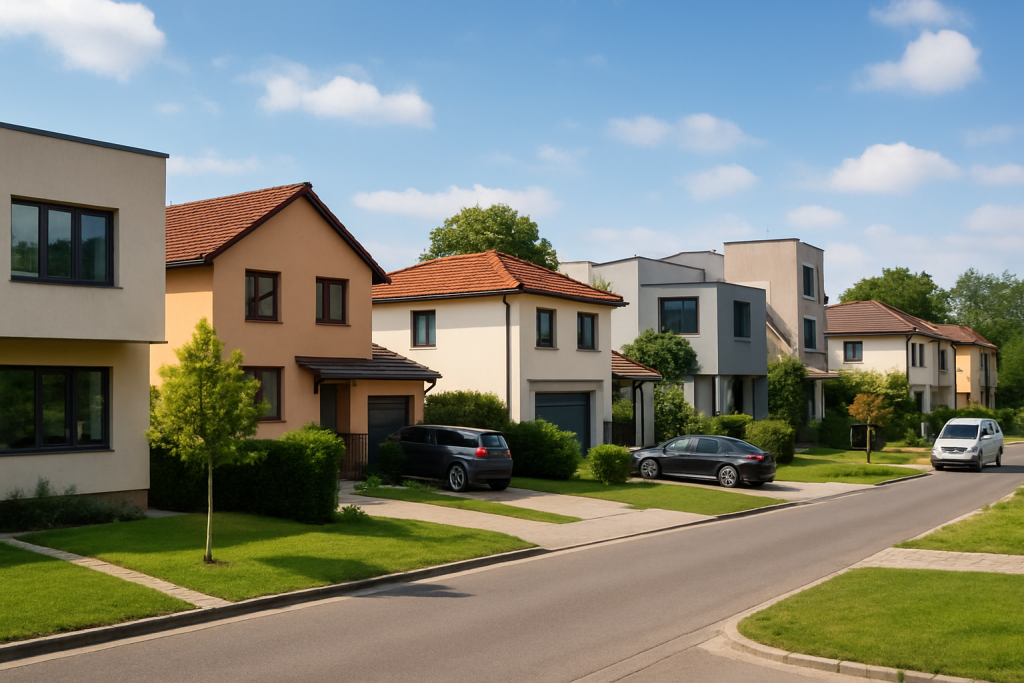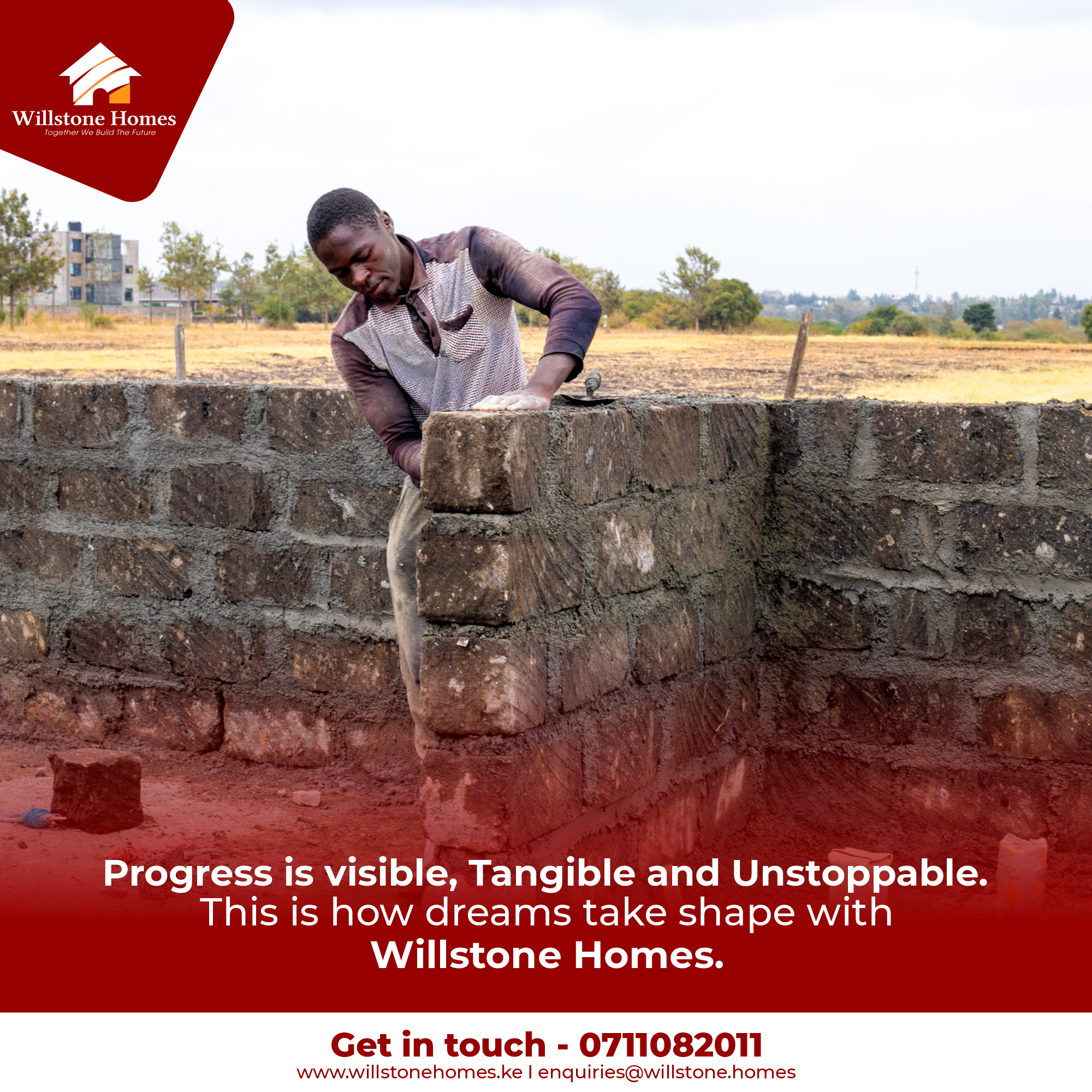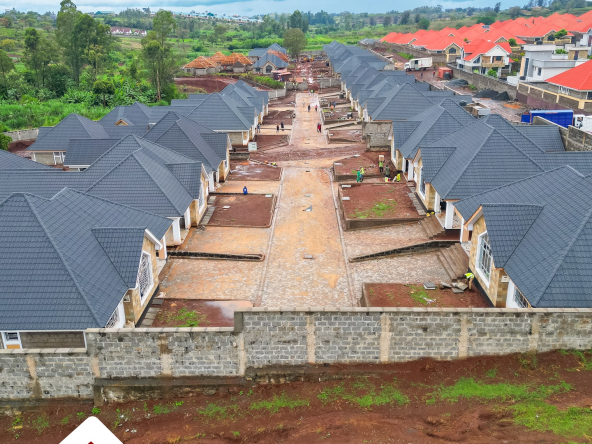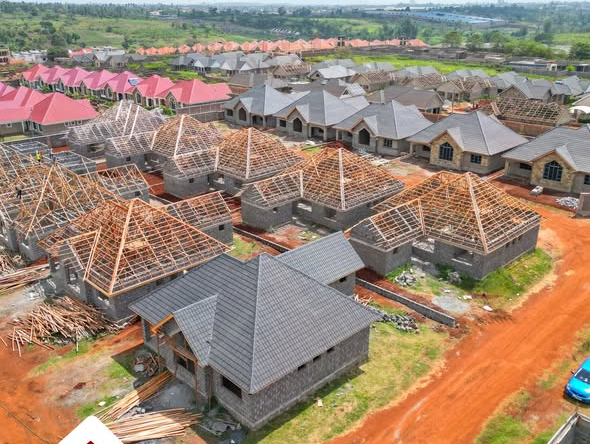In Kenya, the idea of a household is rarely limited to a nuclear family. Traditionally, homes have been places where grandparents, parents, and children live under the same roof or within the same compound. What was once seen purely as a cultural norm is now being reimagined as a modern housing solution: the multi-generational home.
From Nairobi’s leafy suburbs to the growing satellite towns of Ruiru and Kitengela, and even in coastal towns like Nyali and Diani, more families are looking for housing that accommodates multiple generations. Rising property prices, high mortgage rates, and the need for elder care have made shared living not only practical but attractive. Developers, too, are responding by designing villas, duplexes, and compounds that allow families to live together while still enjoying privacy.
Contact Us
- Park Suites, 44 Parklands Road, Ground Floor, Suite 1, Willstone Homes
- +254711082011
- [email protected]
This article explores why multi-generational homes are becoming more popular in Kenya, where the trend is strongest, how such houses are designed and financed, and what buyers should know before investing.
Read Also: Aging Population & Senior Living Estates: Is Kenya Ready for the Silver Generation?
Why Multi-Generational Homes Are on the Rise
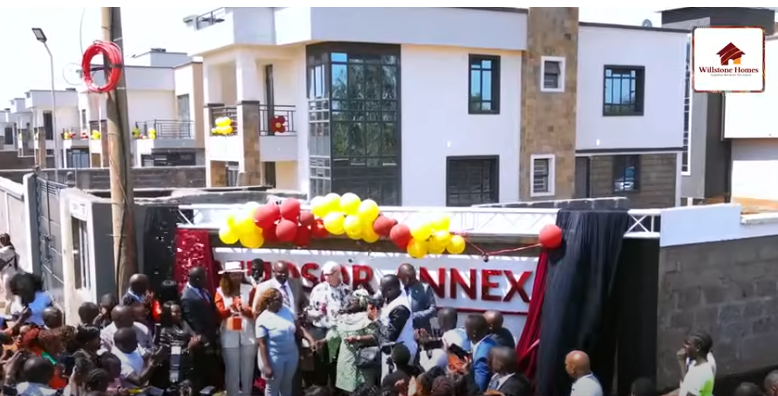
There are several factors behind the growing demand for homes that accommodate extended families.
Family structure and culture. Kenyan society values extended family ties, and many households naturally evolve into multi-generational living arrangements. Grandparents often take care of grandchildren, while adult children may remain at home longer due to high living costs or job transitions.
Economic realities. With house prices climbing steadily in Nairobi and Mombasa, and mortgage rates averaging around 15% in 2025 according to the Central Bank of Kenya, owning separate homes for each family unit is increasingly difficult. A shared property allows families to pool resources for purchase and upkeep.
Eldercare needs. As life expectancy increases, more families are considering how best to care for older relatives. Multi-generational homes provide the space and accessibility required for seniors while keeping them close to loved ones.
Developer innovation. Real estate developers have noticed the shift in demand. Projects featuring duplexes, triplexes, maisonettes with “granny flats,” and compounds with detached cottages are now marketed to families seeking flexible living. In Nairobi, for example, several Kilimani and Karen developments feature semi-independent annexes designed specifically for parents or adult children.
Where the Trend Is Strongest
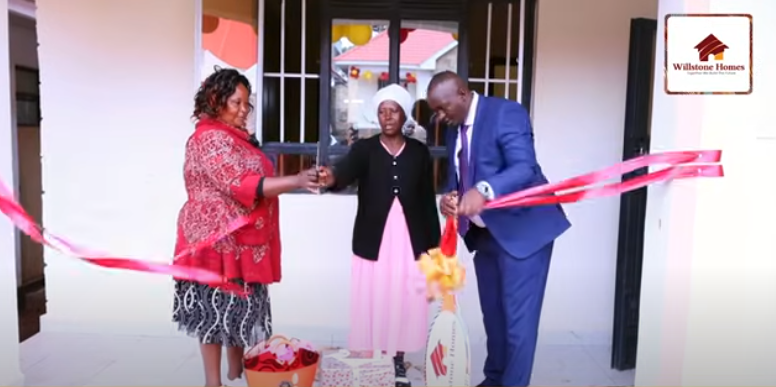
The adoption of multi-generational housing is most visible in three distinct markets:
Prime Nairobi suburbs. In areas like Kilimani, Westlands, Lavington, and Karen, high-end townhouses and villas often include a detached guesthouse or a self-contained basement. These annexes easily convert into in-law suites or private apartments for adult children.
Satellite towns. Places like Ruiru, Kiambu, and Kitengela are attractive because larger plots allow for construction of compounds with multiple units. Here, it is common to see a main house surrounded by smaller cottages, each housing a branch of the family. The lower land costs compared to Nairobi make this practical.
Coastal towns. In Mombasa, Nyali, and Diani, properties marketed as holiday homes frequently come with detached staff quarters or guest annexes. Families buying in these areas often convert these spaces into separate living quarters for extended family members, especially when using the property seasonally.
What Multi-Generational Homes Look Like
There isn’t one standard design for multi-generational housing in Kenya. Instead, developers and families are experimenting with layouts that balance privacy and shared living.
Some homes use vertical separation, where each floor functions as a near-independent unit. Others opt for detached annexes, such as a one-bedroom “granny flat” beside the main house. Compounds with accessory dwelling units (ADUs) are also popular in satellite towns, offering flexible space for relatives or even rental tenants when not needed by family.
To illustrate, the table below shows common typologies, where they are most found, and their advantages:
| Typology | Common Locations | Key Advantage |
|---|---|---|
| Duplex/Triplex Villas | Kilimani, Karen, Westlands | Privacy between floors; modern design appeal |
| Maisonettes with Annex | Lavington, Lang’ata, Kiambu | Perfect for eldercare or adult children |
| Compound with ADUs | Ruiru, Kitengela, Athi River | Flexible use; affordable land enables multiple units |
| Coastal Villas with Guesthouses | Nyali, Diani, Mombasa | Seasonal use as family retreat + rental income |
These layouts allow families to adapt their living arrangements over time. A detached unit might start as housing for parents, later become a rental, and eventually serve as accommodation for caregivers.
Financing Multi-Generational Homes

Financing a multi-generational home is different from buying a standard apartment. The larger size or compound structure often means higher upfront costs. Families typically use one of three approaches:
Joint mortgages. Adult siblings or parents and children may co-sign a mortgage, boosting their borrowing capacity. While this spreads the financial burden, it requires strong agreements about ownership shares and responsibilities.
Pooled equity. In some families, relatives contribute lump sums to buy land and construct together. This avoids heavy mortgage reliance but demands clear co-ownership structures to prevent future disputes.
Build-to-rent hybrids. Some families design multi-generational homes with one wing rented out, generating income that offsets loan repayments. This is especially viable in Nairobi suburbs where rental demand is high.
Whichever model is chosen, it’s essential to account for Kenya’s high lending costs. At 15% interest, many conventional mortgages are cashflow negative if the house is financed entirely with debt. Families that save for larger down payments (30–40% or more) are better positioned to keep repayments manageable.
Legal and Planning Considerations

Before building or buying a multi-generational home, several checks are necessary.
- Title and tenure. Determine whether the land is freehold or leasehold, as this affects rights of inheritance and resale.
- Planning approvals. County governments require approvals for multiple-unit compounds and annexes. Ensure compliance before construction begins.
- Zoning and estate rules. Gated communities may have restrictions on additional units or subletting, so review estate covenants carefully.
- Ownership agreements. If multiple relatives are involved in financing, draft a co-ownership agreement with provisions for exit, resale, or succession.
These steps may seem technical, but they prevent costly disputes and safeguard the family’s long-term interests.
Value and Resale Potential
Some buyers worry that a specialized multi-generational layout may hurt resale value. In practice, the opposite is often true. Demand for larger homes with annexes is rising, and these properties appeal not only to extended families but also to investors looking for flexible rental options.
In Nairobi’s Kilimani, a triplex villa with a self-contained lower floor may rent one portion to a young professional while housing the family upstairs. In Ruiru, a compound with multiple units might accommodate both relatives and tenants. Even in Mombasa, a coastal villa with a guesthouse can double as an Airbnb, boosting returns during high season.
Liquidity varies by location, of course. Prime Nairobi suburbs are the easiest to resell quickly, while satellite compounds may take longer to find buyers. Yet in both cases, the extra functionality often adds value rather than limiting it.
Challenges of Multi-Generational Living
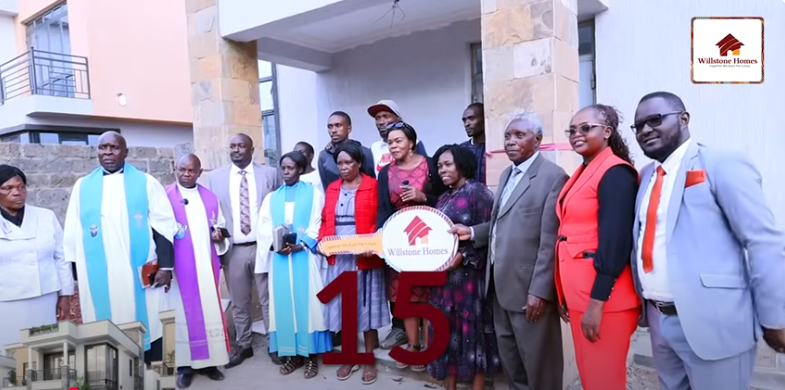
Despite the clear advantages, families should also weigh the challenges. Shared living can lead to privacy conflicts if design is poor. Cost-sharing can also cause tension if household contributions aren’t agreed upon in advance. Finally, maintaining a larger compound typically means higher utility and maintenance bills.
The best way to manage these challenges is through thoughtful design — separate entrances, private bathrooms, and even separate utility meters — and through clear family agreements about responsibilities.
Multi-generational homes in Kenya are more than just a cultural carryover. They are becoming a practical, forward-looking housing trend shaped by economic realities, changing demographics, and evolving family needs.
Whether in Nairobi’s leafy suburbs, satellite towns like Ruiru, or coastal retreats in Mombasa, these homes offer flexibility, cost-sharing, and long-term value. For families, they represent stability and closeness. For developers, they represent an emerging market segment.
As the property market evolves, one thing is clear: multi-generational homes in Kenya are here to stay, blending tradition with modern design to meet the housing needs of the future.
Read Also: How Many Houses Should You Own in Kenya in 2025 and beyond?
